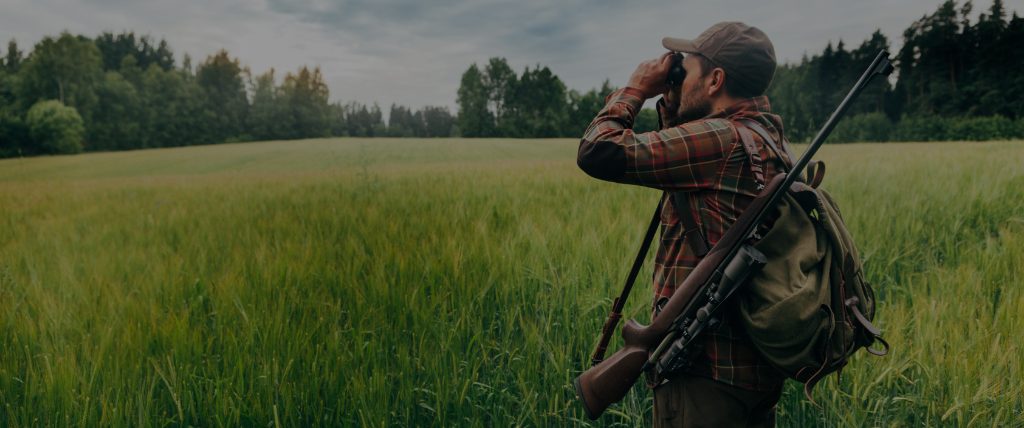

In the vast expanses of the outdoors, the ability to keenly observe and identify wildlife from a distance is a skill that can make all the difference for hunters and nature enthusiasts alike. Enter glassing – the practice of using binoculars or spotting scopes to scan the landscape for game or other points of interest. In this short article, we’ll explore the art of glassing, offering tips to sharpen your skills and elevate your outdoor experiences. CanadianLandAccess.com offers five tips and tricks to improve your glassing techniques:
Choose Quality Optics
Invest in high-quality binoculars or spotting scopes. Optics with good clarity and a wide field of view make it easier to spot wildlife and details from a distance. Coated lenses help reduce glare and provide better light transmission. A binocular harness keeps your optics within easy reach and minimizes movement when bringing them to your eyes. This is especially useful when you need to be quick and discreet.
Understand and Stabilize Your Optics
Learn how to adjust the focus, interpupillary distance, and other features of your optics. Being familiar with your equipment allows for quick adjustments in the field, ensuring you don’t miss any crucial details. Shaky hands can hinder your ability to focus on distant objects. Use a tripod or any stabilizing device to keep your binoculars or spotting scope steady. This significantly improves image stability and allows for prolonged glassing without eye strain.
Start with a Systematic Approach
Adopt a systematic grid approach when scanning an area. Divide the landscape into sections and methodically scan each one. This helps ensure thorough coverage and reduces the chance of overlooking hidden wildlife. Pick identifiable landmarks or reference points in the landscape to help you navigate through your scanning process. This can include trees, rocks, or prominent features that serve as anchor points, making it easier to move systematically.
Learn Animal Behavior and Glass During the Right Times
Understanding the behavior of the species you’re tracking can be a game-changer. Know their habits, preferred habitats, and movement patterns. This knowledge helps you predict where to focus your glassing efforts. Wildlife is often more active during dawn and dusk. These low-light conditions make it challenging to spot animals without quality optics. Plan your glassing sessions during the early morning or late evening for optimal results. Position yourself with the sun at your back when possible. This helps reduce glare and shadows, making it easier to spot wildlife and details in the landscape.
Adapt to the Terrain and Stay Concealed
Different terrains require different glassing techniques. In open areas, use a wide field of view, while in dense foliage, focus on smaller sections and look for movement or specific features. Wear camouflage clothing and stay concealed to avoid alerting wildlife to your presence. This allows you to observe natural behaviors without causing disturbances.
By incorporating these tips and tricks into your glassing routine, you’ll enhance your ability to spot wildlife, making your outdoor experiences more rewarding and successful.
Purchase a membership to CLAS for $9.99/year and request access to thousands of lands across Canada.
Sign up today: https://canadianlandaccess.com/site/get-guest-app
Start here to register your property to eliminate phone calls and door knocking. Your land, your rules, your way.
CLICK HEREYour outdoor recreation adventure starts here. Find the right land to start your outdoor adventure.
CLICK HEREPower up your next hunting or fishing trip with hunting and fishing regulations available at your fingertips.
CLICK HERE






